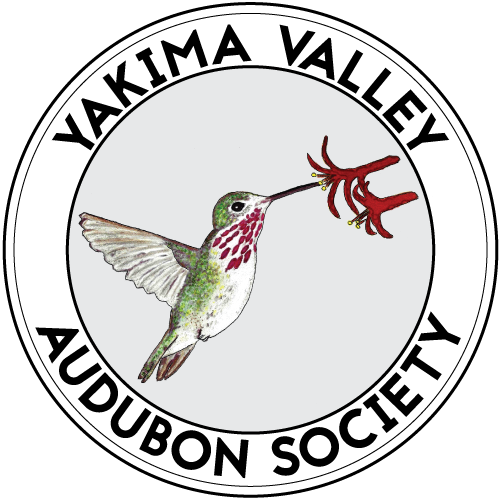Analysis Report Identifies Sagebrush Conservation Priorities
General ·Fire and the spread of invasive plants are two of the most pressing challenges facing the sagebrush steppe throughout the Great Basin and Washington’s Columbia Basin. A new report by the Western Association of Fish and Wildlife Agencies (WAFWA) provides a comprehensive assessment and strategies for dealing with fire and weedy invasives. These include options for conservation of sagebrush in the western United States.
The report was produced by a multi-agency Wildfire and Invasive Species Working Group and updates a gap analysis report published five years ago. It includes an overview of remaining work to be accomplished, with recommendations for actions to improve the conservation and management of the sagebrush biome. The report is titled “Wildfire and Invasive Plant Species in the Sagebrush Biome: Challenges that Hinder Current and Future Management and Protection - A Gap Report Update.” It builds on work published in 2013 that summarized the policy, fiscal, and science challenges that land managers have encountered in conserving sagebrush, especially regarding control and reduction of the invasive annual grass/fire cycle.
“This Gap Report Update is the latest addition to the list of products developed by the multi-agency working group that are designed to help identify the conservation challenges, or gaps, associated with the fire and invasive threat to sagebrush and offer ideas to address those challenges,”
said Ken Mayer, WAFWA consultant and chairman of the working group.
“The Gap Report Update identifies the five top challenges that need focused attention to address the pervasive invasive annual grass driven wildfire cycle that has gripped the western rangelands.”
Researchers documented that the number one conservation issue facing the western sagebrush rangelands is the lack of resources necessary to stem the monumental invasive plant issue. This is at all levels of government. Specifically, the report states agencies at all levels are severely limited in their ability to deal with invasive plants. These include early detection and rapid response to control and manage of inva- sive plants, along with regulatory activities and associated native plant restoration operations. These problems are directly tied to the lack of common conservation priorities and consistent long-term dedicated funding for invasive plants. The report identified five top priority gaps and 17 areas of concern that will help all agencies and organizations working on sagebrush conservation to better focus on the major challenges.
“The Gap Report Update has something for every level, public and private, to consider helping address the fire and invasive plant threat,”
said Virgil Moore, Director of Idaho Department of Fish and Game and director liaison of WAFWA’s Sagebrush Initiative.
“We encourage the leaders of the agencies and organizations working on sagebrush conservation to review the recommendations in the report and determine if there are actions they can take directly to address the gaps. It will take a broad based coalition working together to ensure healthy sagebrush ecosystems are available for generations to come.”
Since its creation in 2013, WAFWA’s Wildfire and Invasive Species Working Group has been working to identify fire and invasive plant management problems and develop tools and approaches that managers can use to address these pervasive issues. The initial gap report produced five years ago informed the 2015 U.S. Fish and Wildlife Service Endangered Species Act status review of the Greater Sage-Grouse.
In 2015, citing unprecedented landscape-scale conservation efforts, the U.S. Fish and Wildlife Service concluded that Greater Sage-Grouse did not warrant protection under the Endangered Species Act. The collaborative, science-based greater sage-grouse conservation effort, in which WAFWA plays a key role, is the largest land conservation effort in U.S. history.
Since 1922, the Western Association of Fish and Wildlife Agencies (WAFWA) has advanced conservation in western North America. Representing 24 western states and Canadian provinces, WAFWA’s reach encompasses more than 40 percent of North America, including two-thirds of the United States. Drawing on the knowledge of scientists across the West, WAFWA is recognized as the expert source for information and analysis about western wildlife. WAFWA supports sound resource management and building partnerships at all levels to conserve wildlife for the use and benefit of all citizens, now and in the future.
— Andy Stepniewski
